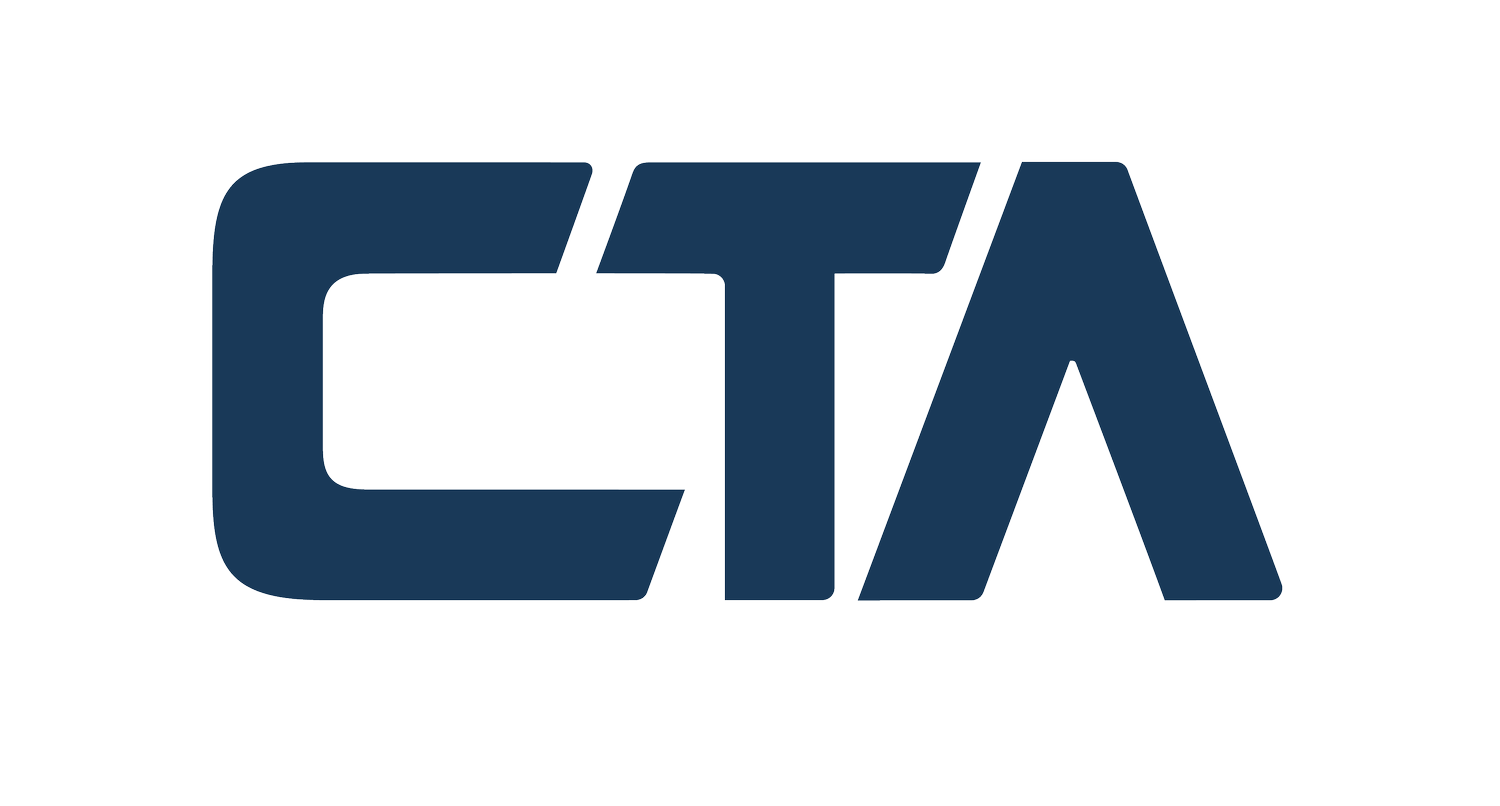Cost segregation is one of the most powerful tax strategies for real estate investors. By accelerating depreciation deductions, investors can significantly reduce taxable income and improve cash flow. However, many investors find themselves limited by passive activity loss (PAL) rules, which prevent them from fully utilizing these deductions. Understanding material participation rules and structuring investments properly can ensure these tax benefits are fully realized.
Understanding Passive Loss Limitations
The IRS cost segregation guide classifies rental real estate as a passive activity by default. This means that depreciation deductions from cost segregation can only offset passive income—not ordinary income like W-2 wages or business profits. If an investor does not meet material participation tests, excess losses are suspended and carried forward until they have passive income or sell the property.
For real estate investors, the key to unlocking these tax benefits lies in meeting material participation tests or qualifying as a Real Estate Professional (REP).
The 7 Material Participation Tests for Real Estate Investors
To classify rental real estate activities as non-passive, an investor must meet one of the following tests:
- 500-Hour Test (Most Common)
- If an investor spends more than 500 hours in a rental activity during the year, they are considered active.
- Includes time spent on leasing, maintenance, financial management, and oversight.
- Ideal for hands-on real estate investors.
- If an investor spends more than 500 hours in a rental activity during the year, they are considered active.
- Substantially All Participation Test
- If the investor does nearly all of the work for the property (with minimal outside help), they qualify.
- No specific hour requirement.
- Best for small real estate portfolios.
- If the investor does nearly all of the work for the property (with minimal outside help), they qualify.
- 100-Hour & More Than Anyone Else Test
- If the investor spends at least 100 hours on the activity and more time than any other individual (including employees or contractors), they qualify.
- Best for investors with property managers but still actively involved.
- If the investor spends at least 100 hours on the activity and more time than any other individual (including employees or contractors), they qualify.
- Grouping Multiple Properties to Meet 500-Hour Test
- Investors with multiple properties can elect to group them as one activity under IRS Reg. §1.469-4.
- Helps meet the 500-hour test more easily.
- Investors with multiple properties can elect to group them as one activity under IRS Reg. §1.469-4.
- Prior-Year Participation Test
- If an investor materially participated in the activity for any five of the last ten years, they qualify.
- Useful for long-term investors who were previously active
- If an investor materially participated in the activity for any five of the last ten years, they qualify.
- Personal Service Activity Test
- If an investor materially participated in a personal service business (e.g., consulting, law, medicine) for any three prior years, they qualify.
- Rarely used for real estate but can apply in mixed industries.
- If an investor materially participated in a personal service business (e.g., consulting, law, medicine) for any three prior years, they qualify.
- Facts and Circumstances Test (Risky)
- If an investor regularly and continuously participates in an activity and logs at least 100 hours, they may qualify.
- Riskier due to subjective IRS interpretation.
- If an investor regularly and continuously participates in an activity and logs at least 100 hours, they may qualify.

Real Estate Professional (REP) Status – The Ultimate Strategy
Investors who qualify as a Real Estate Professional (REP) can automatically treat all rental activities as active, eliminating passive loss limitations
To qualify, an investor must meet both:
- More than 50% of total working time must be in real estate activities.
- More than 750 hours per year must be spent in real estate activities.
This status allows investors to use cost segregation losses against ordinary income (e.g., wages, business profits), maximizing deductions.
Advanced Strategy: Tiered Partnership Structure
For investors in partnerships and S corporations, material participation is determined at the individual level. A well-structured entity setup can help ensure more owners qualify as active.
How a Tiered Structure Works:
- Upper-Tier Partnership (Main Entity): Owns the real estate.
- Lower-Tier General Partner (GP LLC): Serves as the managing entity, meeting material participation tests.
Benefits:
- The GP’s owners qualify as active and can use losses immediately.
- Special allocations direct more depreciation to active partners.
- Passive investors still benefit, even if deductions are suspended.
Maximizing Cost Segregation Benefits: Key Takeaways
- Qualify as Active – Use material participation tests to avoid passive loss limits.
- Elect Real Estate Professional Status – Converts all rental losses to non-passive.
- Use Grouping Elections – Helps meet participation thresholds.
- Consider a Tiered Partnership Structure – Allows strategic allocation of deductions.
- Plan for Passive Income Offsets – Generate passive income to absorb deductions.
By implementing these strategies, real estate investors can ensure that the full benefits of cost segregation are not left on the table.
Want to discuss your real estate tax strategy? Contact our firm today for a consultation on how to optimize your depreciation deductions.









